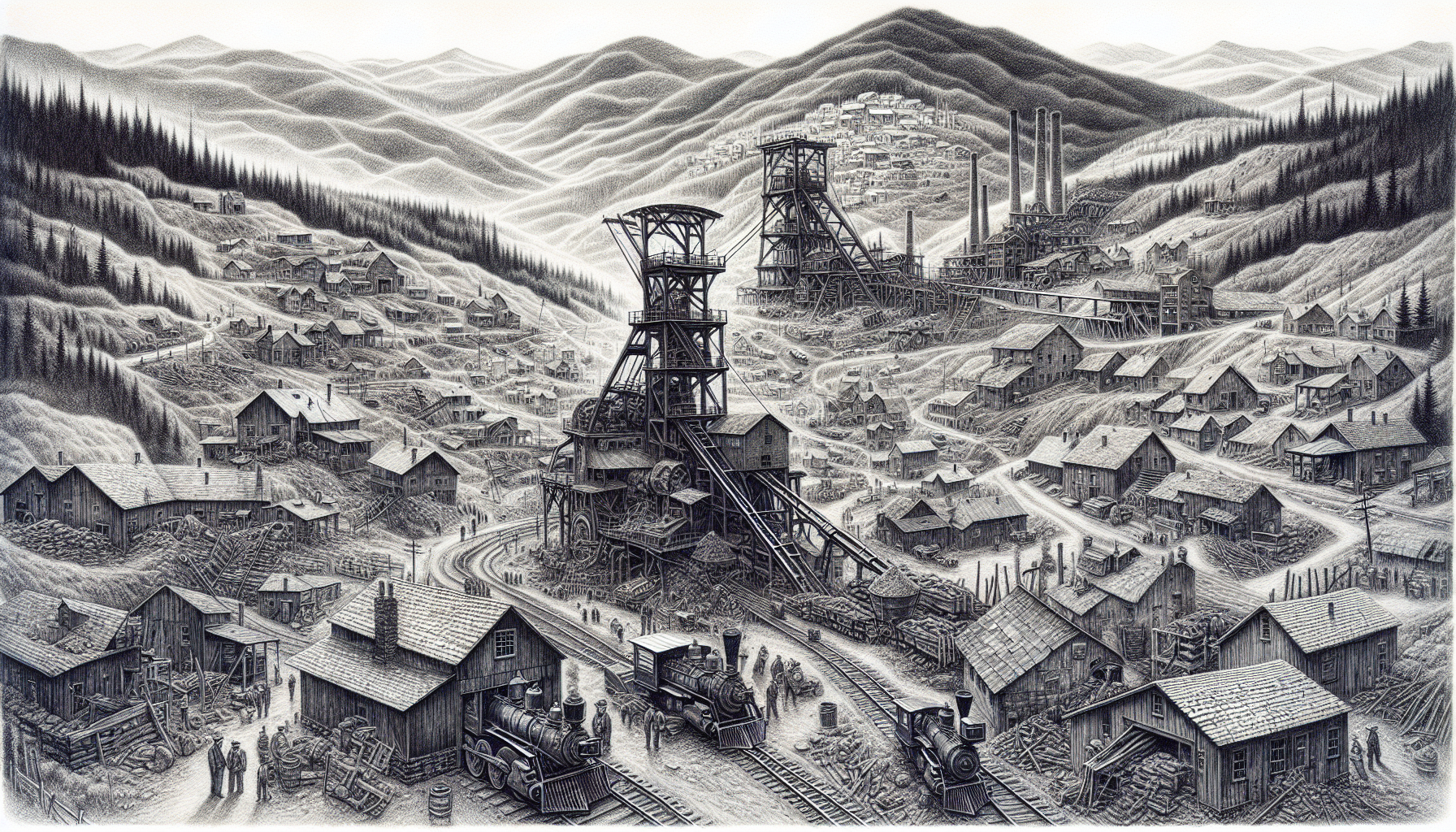
Today, many mining towns are in the process of reinventing themselves.
They’re shifting from a reliance on resource extraction to more diverse economic models, demonstrating their resilience and adaptability. This shift often includes the introduction of new industries. In many cases, tourism has become a significant part of the local economy.
Mining towns, rich in history and culture, are turning their industrial past into a heritage tourism trade.
Take, for instance, the quaint mining towns nestled among the mountains. Their picturesque landscapes, dotted with historic mines and rustic log cabins, serve as a magnet for tourists. Visitors flock to these towns to immerse themselves in the local history, enjoy outdoor recreational activities, or simply to experience the unique charm these towns offer.
In addition to tourism, renewable energy is increasingly becoming a significant part of the economy in many former mining towns.
The vast, open lands of these regions, often with high wind or solar potential, are ideal for setting up renewable energy infrastructure.
By leasing their land to wind and solar companies, these towns are generating new income, all while contributing to a greener future.
Yet, the transformation of mining towns isn’t just about economic diversification.
It’s also about community revitalization and reinvestment in local infrastructure. Many towns are currently investing in public services such as schools, healthcare facilities, and libraries, improving the quality of life for their residents.
They’re also focusing on preserving their cultural heritage, renovating historical landmarks, and maintaining museums, which double as tourist attractions.
Furthermore, these towns are embracing sustainable mining practices to ensure the longevity of their traditional industries.
They’re looking into more efficient extraction methods, which use less water and energy. These towns are also exploring ways to minimize their environmental impact, such as rehabilitating mined lands and implementing waste management practices.
However, the transition is not without its challenges. Issues like workforce displacement, environmental degradation, and the need for extensive planning and investment pose significant obstacles. But with a careful, well-planned approach, many towns are successfully navigating these hurdles, balancing their mining legacy with new, sustainable economic opportunities.
As these towns continue to evolve, they’re setting powerful examples for other resource-dependent communities worldwide. Their transformations illustrate that, with resilience and innovation, it’s possible to achieve economic diversification while preserving a town’s rich history and cultural identity.
In this era of rapid change and environmental consciousness, the story of these mining towns is indeed a testament to adaptability and sustainability. Their capacity to reinvent themselves, despite the odds, showcases the strength and resilience inherent in these communities.
Their journey is a compelling narrative of transformation, from the extraction of valuable resources beneath the earth to the harnessing of the sun and wind above. Despite their gritty past, these towns are proving that they can indeed keep pace with the changing times, embracing the new while honoring their rich history.
So next time you think of mining towns, think not just of their past, but also their dynamic and evolving present.